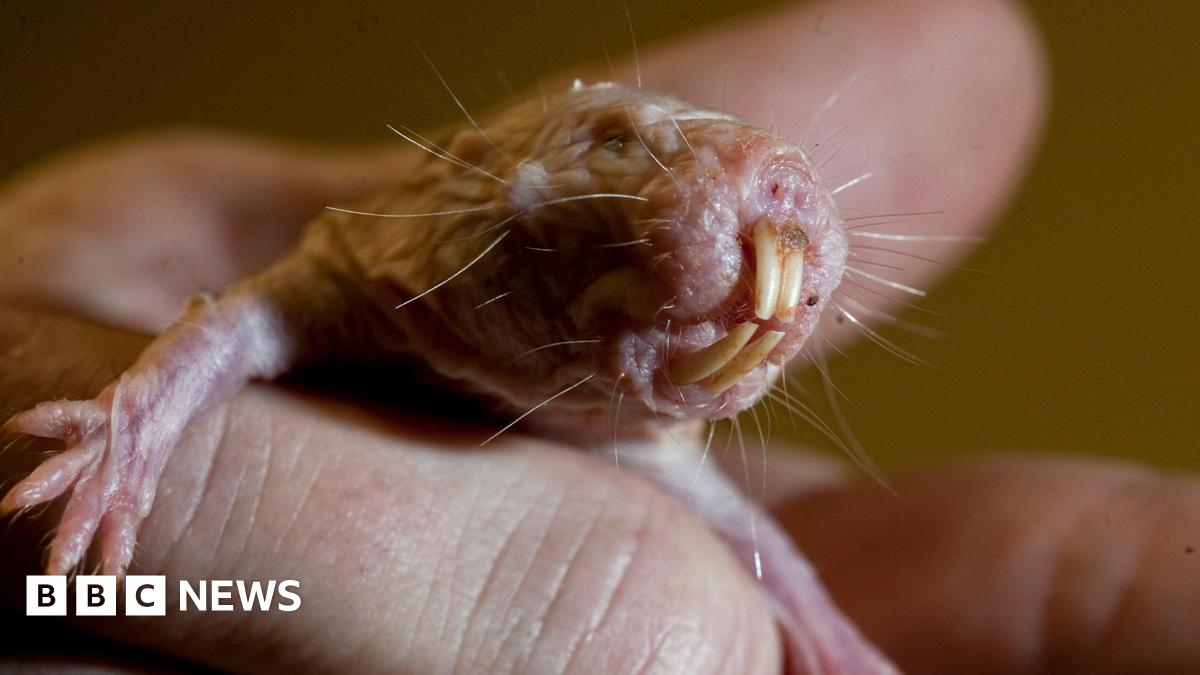Professor Gabriel Balmus studies DNA repair and ageing at the University of Cambridge. He said the discovery was exciting and “the tip of the iceberg” when it comes to understanding why these animals live such extraordinarily long lives.
“You can think of cGAS as a biological Lego piece – the same basic shape in humans and naked mole-rats, but in the mole-rat version a few connectors are flipped, allowing it to assemble an entirely different structure and function.”
Over millions of years of evolution, Prof Balmus explained, naked mole-rats appear to have rewired the same pathway and “used it to their advantage”.
“This finding raises fundamental questions: how did evolution reprogram the same protein to act in reverse? What changed? And is this an isolated case or part of a broader evolutionary pattern?”
Most importantly, scientists want to know what they can learn from these rodents to improve human health and extend quality of life with age.
“I think if we could reverse-engineer the naked mole-rat’s biology,” said Prof Balmus, “we might bring some much-needed therapies for an ageing society.”
